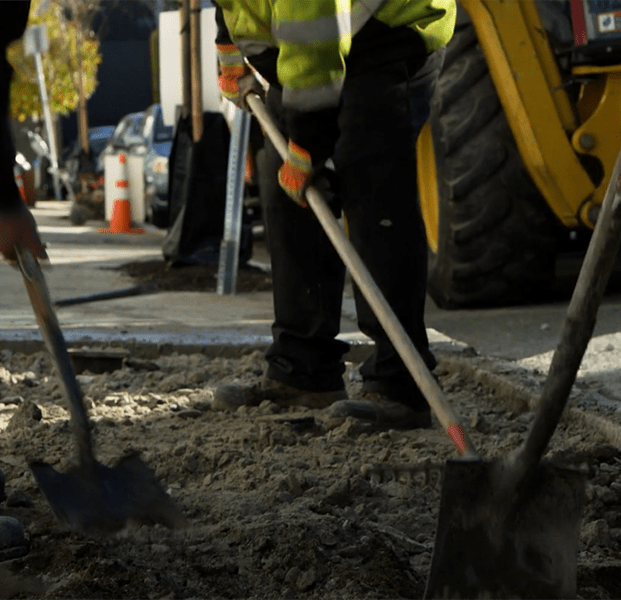When we think about the opioid epidemic, the workplace isn’t usually the first thing that comes to mind. After all, the stigmas associated with addiction have created a negative assumption – that people who struggle with substance use are somehow separate from the workforce.
But that assumption is more than negative; it’s inaccurate. In fact, seven out of ten people who are struggling with substance use are working.* On one hand, the workplace can contribute to the substance use problem. On the other, the workplace can be a powerful venue for public health efforts to reduce the impact.
Opioids: a quick refresh
Opioids are a type of medication used to treat severe pain. People may be prescribed opioids after surgery or a serious injury. Opioids can be effective for short-term, acute pain. But they’re also very addictive, and taking them for too long can lead to opioid use disorder (OUD).
The Opioid-Workplace Connection
Workplace injury is a common driver of workplace opioid use, especially in high-risk industries. Workers may be prescribed opioids as a result of an injury. But if they return to the job before they’re fully healed, or a new injury arises as a result of the first, it can be easy to become dependent – or addicted.
Even without an injury, the workplace can directly contribute to OUD.
The high stress levels of many workplaces can contribute to other mental health issues and make chronic pain worse. Workers who are facing these challenges may end up misusing opioids they’ve been prescribed, or seek out illicit drugs that seem more affordable and accessible.
These issues can arise in any field. But in industries where there’s already a high risk of injury, opioids are an even bigger concern.
When someone is using opioids or experiencing withdrawal and other impacts, they put themselves, their coworkers, and their employers at risk for accidents – or worse.
The entire workplace can be affected by just one worker’s struggle with OUD.
Opioids and workplace culture
Opioids can be a workplace problem for less obvious reasons. For example, we live in a world that often fosters unhealthy attitudes about pain. “Just push through it” is a common message, as is the idea that physical pain is a personal or moral weakness.
The workplace can amplify those ways of thinking, especially in highly physical industries. Workers may feel pressured to return after an injury, when they should be home recovering. While taking opioids can seem like a good way to help them get back on the job ASAP, if employees are not taking the proper time to heal and rehabilitate those injuries, it can exacerbate their injuries further, which can lead to the development of an OUD. So it’s important to understand the true risks involved.
And let’s not forget – a job is often the sole source of income or health insurance for individuals and their entire families. For those workers, it can be extra challenging to take the time they need to heal.
When employees are forced to come back to work before an injury has fully healed, or they’re not provided comprehensive benefits that would help them deal with pain or an OUD, it puts them, their coworkers, and their employers at risk for accidents or worse. The entire workplace can be affected by just one worker’s issues with OUD, and by unhealthy systemic attitudes toward pain and injury.
Fighting the opioid epidemic in the workplace
There’s good news for both workers and their employers: the workplace can be a powerful ally in reducing the harm caused by opioids.
The workplace puts people together for long stretches of time. Common wisdom says people spend one third of their lives at work, and many spend more than 8 of 24 hours on the job each day.
The workplace is also a venue for learning. That means there’s an ongoing opportunity to provide education, resources, and support in a variety of areas, while reducing the stigma that surrounds opioids.
The opioid epidemic, OUD, and overdose are just part of that conversation. Topics like health and safety practices, management skills, and interpersonal communication and awareness are just as relevant.
When people spend a lot of time together, they’re better able to recognize the signs and risk factors for OUD. They can take the proper steps when they see someone navigating OUD, or even if an overdose happens on the job.
The recovery-supportive workplace: partners in fighting
It’s true that opioids can be a workplace problem. But employers can develop policies, practices, and cultural shifts that make their workplace part of the opioid solution, saving livelihoods – and lives.
*2018 National Survey on Drug Use and Health, SAMHSA
